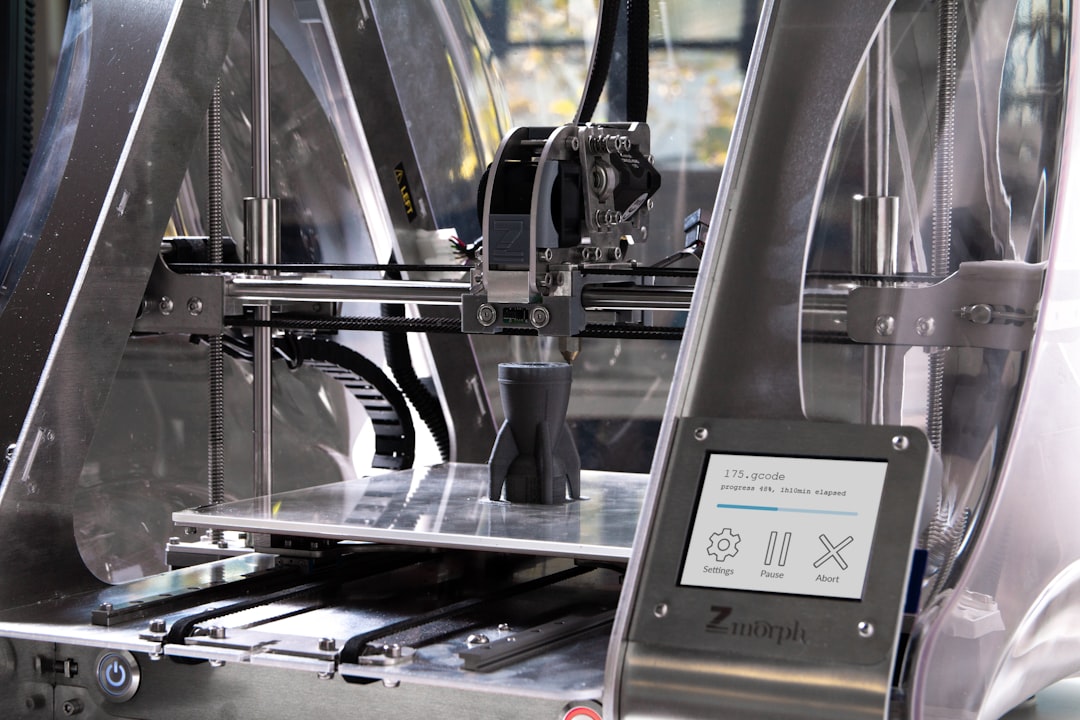With all these challenges, suppliers often find themselves looking for options. 3D has shown potential although few companies have taken advantage of this technology. A survey by Essentium found that one in five respondents use 3D printing for maintenance, repair and operations and the same number believe that its use in these areas will double in future. Despite the low usage, professionals believe that the technology will have a positive impact and will unlock value given the projection that more than half of businesses will use this technology in the future.
Keep it running
Maintenance and repair operations have many challenges that 3D printing has a potential of solving. For example, virtual models of different items can be stored in a computer database. This means that there is no need of storing physical components in a physical warehouse. Rather, the only thing that is stored is the raw materials needed for printing a given object. This may include packs of metal beads or plastic that can be used to 3D-print products on demand. This offers much needed solution to the challenges of unpredictability and inventory while at the same time minimizing waste due to this efficient manufacturing process.
3D printing is a precise process that entails building a product layer by layer. Unlike the traditional manufacturing that is subtractive, the 3D printing approach avoids material that often turns out to be scrap. A 3D printer can print repair parts based on demand and on site, reducing downtime and the cost of logistics. Such availability of 3D printers on site offers not only the reduction of cost but faster availability time too.
Keep changing
In addition to improving the ability to redesign the product, 3D printing also redesigns the supply chain. 3D printed repair parts can be available immediately in any location when needed. With the availability of a 3Dprinter that can be installed on site, a file of the model that needs to be printed can be downloaded. This realigns supply chain from spare parts point of view since warehousing and shipping are reduced or eliminated. With the cost of 3D printers expected to come down in years to come, they will be increasingly available in places where repair parts are needed. Transport costs will be lowered and so will the cost of 3D printer parts. The only item that needs to be transported will be the model that needs to be printed. This is the file that can be sent electronically over the internet to a customer who has 3D printing facilities.
While it is not a dispute that 3D printing shortens the supply chain when it comes to repair parts, justification requires a comparison between 3D printing and traditional manufacturing. This includes conducting a side-by-side analysis of the cost per item. Currently, 3D printing is still higher than standard production. However, it is already showing potential and cost will reduce in a few coming years as the cost of 3D technology comes down and laws governing this technology are made. Regardless of the challenges, supply chain will be changed for the better.





